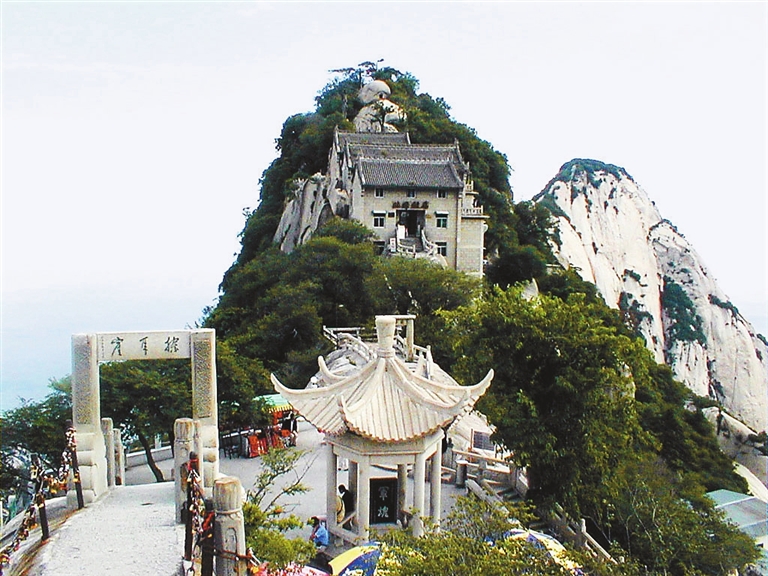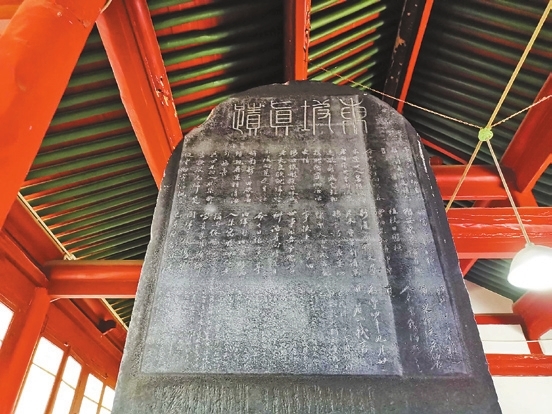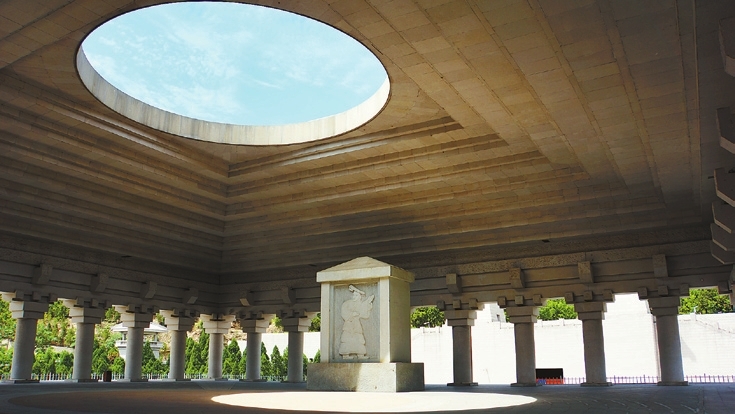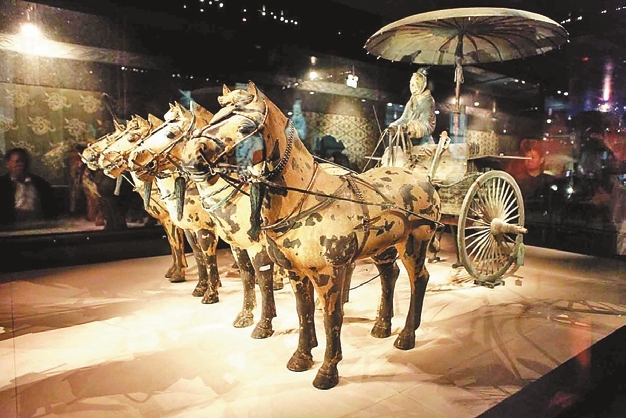




HOW can one spend less while still getting the best possible travel experience? This question has come to mind for many travel lovers. However, if you are no longer a student, full-price tickets to tourist sites during peak travel seasons can amount to a large expenditure. If saving money is the name of the game, then the lower-volume winter travel season marks the best time to see North China. Sure, it will be colder, but the crowds will be lighter and, for the most part, you can still do everything you would have done during the summer’s peak tourist season. Rich in tourist activities including visits to many historical sites, Shaanxi is fondly known as China’s museum of ancient culture. The abundance of historically important relics and cultural heritage makes Shaanxi one of the top travel destinations in the world and perhaps the best place to contemplate China’s ancient history. Emperor Qinshihuang’s Mausoleum Site Museum The eighth wonder of the world, the Qinshihuang Mausoleum, is located at the northern foot of Lishan Mountain, 35 kilometers northeast of Xi’an, Shaanxi Province. It is the tomb of Emperor Qinshihuang, founder of the first unified empire in Chinese history established during the 3rd century B.C. First constructed in 246 B.C., the surviving grave mound stands at a height of 51.3 meters and is situated within a rectangular, double-walled enclosure oriented north-to-south. Nearly 200 pits containing thousands of life-sized terra cotta soldiers, terra cotta horses, and bronze chariots and weapons — a world-renowned archeological discovery — accompany the mausoleum. Including other burial tombs and architectural remains, there is a total of over 600 archeological sites within the property of 56.25 square kilometers. Tickets: Peak season: 150 yuan; low season: 120 yuan Hours: Peak season: 8:30 a.m.- 5 p.m.; low season: 8:30 a.m.-4:30 p.m. Forest of Stone Steles Museum The Forest of Stone Steles Museum, initially established in 1087, is the largest and oldest museum of steles in China. Steles are ancient stone- or wooden-slab monuments. The museum has a large collection of steles and records of the development of Chinese culture and the ancient exchanges that took place between China and other countries. It’s home to a total of 11,000 relics. This treasure house holds a large collection of the earliest stone steles from different periods ranging from the Han Dynasty (206 B.C.-A.D. 220) to the Qing Dynasty (1644-1911). Occupying an area of 4,900 square meters, the museum is divided into seven exhibition halls, mainly displaying calligraphy, paintings and historical records. Here you will find the masterpieces of famous calligraphers such as Ouyang Xun, Yan Zhenqing, Wang Xizhi and Liu Gongquan. Tickets: Peak season: 65 yuan; low season: 50 yuan Hours: 8 a.m.-6 p.m. Mausoleum of the Yellow Emperor Huangdi, or the Yellow Emperor, is regarded as one of the common ancestors to all Chinese. Located in Huangling County, Yan’an City, Shaanxi, the Mausoleum of the Yellow Emperor is the burial site of the legendary Yellow Emperor of China. A level-5A tourist attraction in China, it is also called “the first mausoleum of China.” The site contains over 60,000 mature cypress trees, of which 30,000 are over 1,000 years old, making the area one of the best, oldest cypress tree forests in China. The scenic area is divided into two parts: the Huangdi Tomb area and the Xuanyuan Temple area. Tickets: Peak season: 75 yuan; low season: 50 yuan Hours: 7:30 a.m.-6:30 p.m. (Chen Xiaochun) | 
